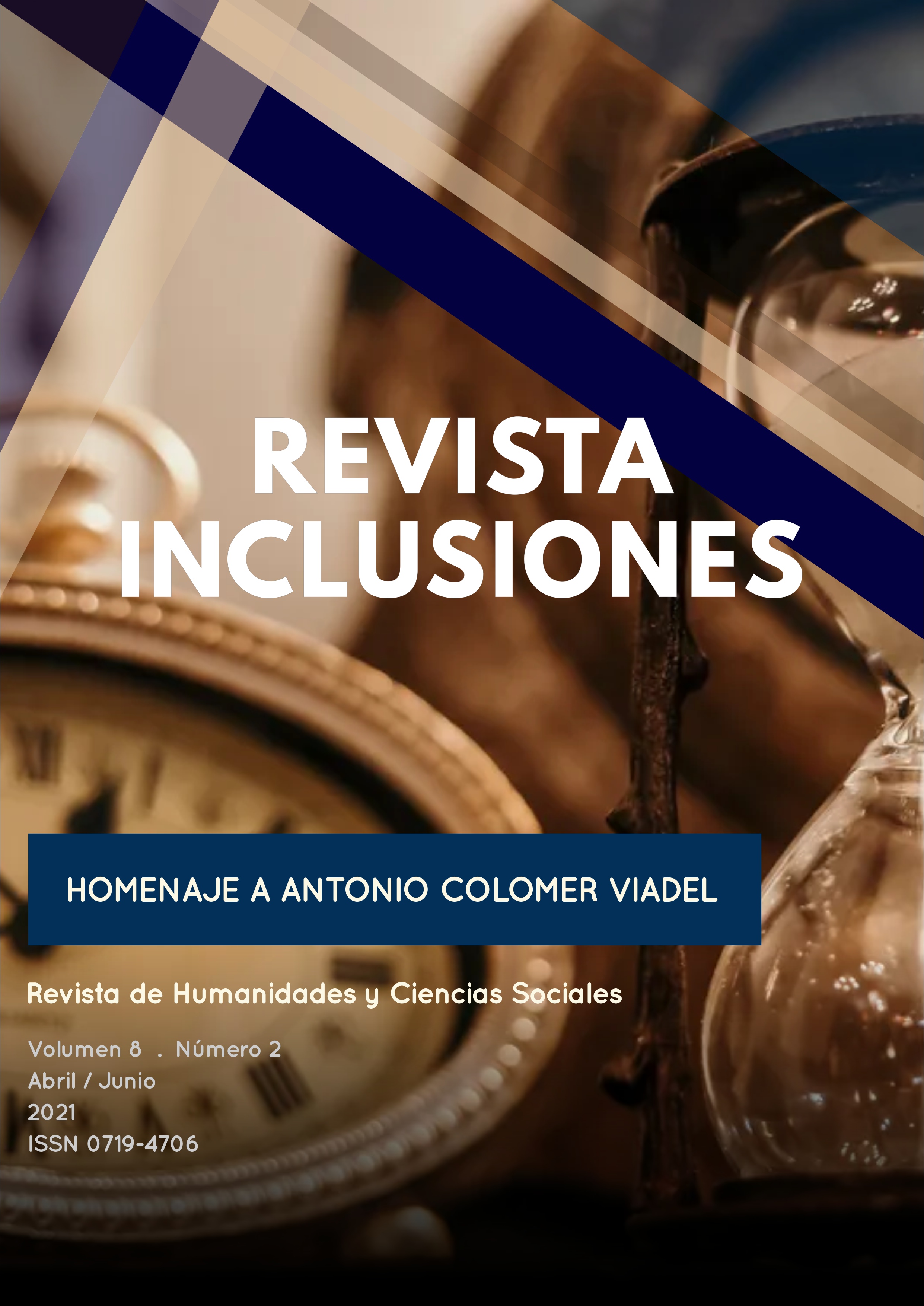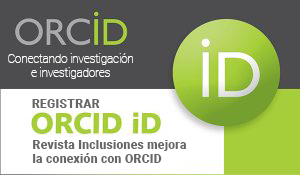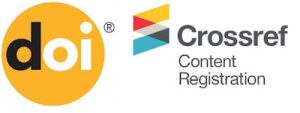DIGISSEXUALITY AND DISCRIMINATING ASPECTS
Abstract
The human is naturally sociable, in which throughout the evolutionary process, humanity has been
restructuring the parameters of the social relationship itself. In this sense, the beginning of society
presented aspects of gender division, with higher positions, in which later this view was suppressed
by equality, however, it was similar to what happens with homosexuals, who have an unstable
freedom of choice. Subsequently, humanity began to live consistently with technological means,
structuring an immersive relationship and extending coexistence for robots, specifically, replacing the
urge to relate sexually with another human. Therefore, it’s essential to understand how to formulate
this new perspective in social life, understanding the liases of digisexuality. Where the scope lies
initially in presenting the complexity of human relationships throughout history and understanding the
formation of digisexuality. Sequentially, it aims to address the discriminatory aspects that society can
structure in relation to digisexuality, because this new relationship is different from what is stipulated
as a social rule. In this relationship, it will seek to address the reflection that these discriminatory
aspects cause Dantesque wounds to Human Rights. Finally, the primary objective is to present
aspects that can achieve greater social awareness for the understanding of a world where technology
is deeply in tune with society, through broader legal protections and public policies for future harmony.
in the dictates between humanity and technology. Understanding that digisexuality does not come to
disrupt human relationships but to retransform them and allow human beings to protect the freedom
of choice of their sexual relationships, after all, a digisexual is, above all, a human being.
Published
How to Cite
Issue
Section
Los autores retienen los derechos de autor y otorgan a Revista Inclusiones el derecho de publicación bajo Creative Commons Attribution 4.0 International (CC BY 4.0). Esto permite el uso, distribución y reproducción en cualquier medio, siempre que se otorgue la debida atribución al autor.











